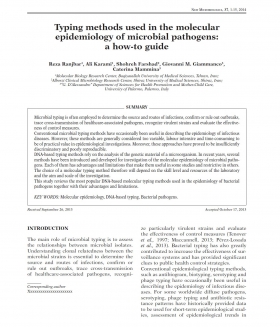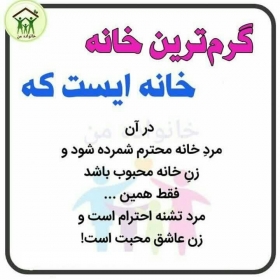Typing methods used in the molecular epidemiology of microbial pathogens: a how-to guide.

ABSTRACT: Microbial typing is often employed to determine the source and routes of infections, confirm or rule out outbreaks, trace cross-transmission of healthcare-associated pathogens, recognize virulent strains and evaluate the effectiveness of control measures. Conventional microbial typing methods have occasionally been useful in describing the epidemiology of infectious diseases. However, these methods are generally considered too variable, labour intensive and time-consuming to be of practical value in epidemiological investigations. Moreover, these approaches have proved to be insufficiently discriminatory and poorly reproducible. DNA-based typing methods rely on the analysis of the genetic material of a microorganism. In recent years, several methods have been introduced and developed for investigation of the molecular epidemiology of microbial pathogens. Each of them has advantages and limitations that make them useful in some studies and restrictive in others. The choice of a molecular typing method therefore will depend on the skill level and resources of the laboratory and the aim and scale of the investigation. This study reviews the most popular DNA-based molecular typing methods used in the epidemiology of bacterial pathogens together with their advantages and limitations.








نظرات
ارسال نظر